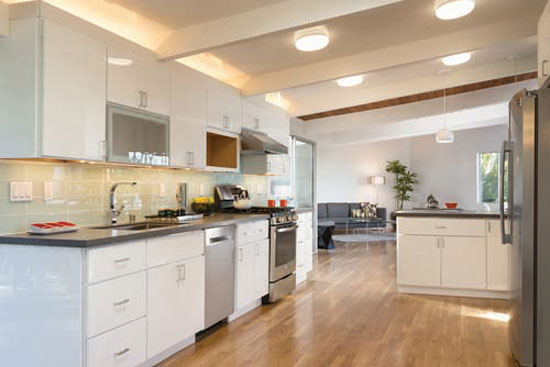Effective Financial Management of Architectural Firms
Architecture Firm Cash Flow
Some firms look profitable and successful—and their principals like that feeling. Yet they may still have cash-flow issues from time to time, when bills are running high for its pass-through reimbursables and other expenses while a few clients may be taking longer than expected to settle their invoices.
Cash management, or cash-flow management, is a valuable competency for any professional services firm—architects included. According to Peter Piven, FAIA, the Philadelphia-based principal consultant of the Coxe Group, Inc., a marketing and management consulting firm for design professionals, “The best tool for addressing these questions and evaluating firm solvency is cash budgeting,” a targeted technique to forecast projected cash flows moving into a firm—and out of the firm—over a period of time.


Photos courtesy of BQE Software
Regardless of firm size or project scope, cash-flow management is indispensable for evaluating the firm’s solvency.
To take advantage of cash budgeting, the firm needs to draw together a variety of reports and data on forthcoming cash receipts and expected payments. The results will help show expected surpluses and shortfalls of funds, Piven writes in his recent essay, Maintaining Financial Health. Done properly, it will also indicate needs for short-term borrowing and, in some cases, the capacity to invest excess cash. According to Piven, there are basically five or six essential steps required for the cash budgeting process:
▶ 1. Forecast billings. This requires a look forward at the firm's projects and prospects, and making an accurate and conservative assessment of what the firm can bill.
▶ 2. Forecast cash receipts from billings. This should include the amounts and timing of collections from the billings anticipated above.
▶ 3. Forecast cash receipts from other sources. Some design firms earn royalties on their furniture designs, for example, and their timing may be less predictable. Other cash revenue sources may include sales of assets such as a printer or property, or income from firm investments.
▶ 4. Forecast cash disbursements, as Piven explains, that must consider “payroll, consultants, other direct (project) expenses, indirect (overhead) expenses, reimbursable expenses, and capital expenditures.”
▶ 5. Combine the schedules for cash receipts and cash outlays. This provides a matrix of forecasted figures.
▶ 6. Calculate the results. With the combined data, a net figure indicating a cash increase or decrease can be determined for each month up to the forecast horizon. The beginning cash balance provides a baseline for determining the firm's cash position for each of the forecast months.
Piven also outlines best practices in cash flow controls, which correlate with many of Wintner's assertions on what any architect should know to run a financially successful firm. “Controlling cash flow requires measuring actual performance against the budget and taking corrective action as needed,” according to Piven. With this in mind, the managing partners should focus on keeping backlog numbers healthy—by getting more projects and keeping existing projects on track—and by sending clients accurate, auditable bills that they expect and understand. Other key steps include watching cash receipts and using collections methods as needed, and working on ways to control commitments and outlays of cash. Most important, perhaps: Piven says firms should calculate their cash budgets often and actively use them for their purpose—as a way to keep an eye on cash flow.









